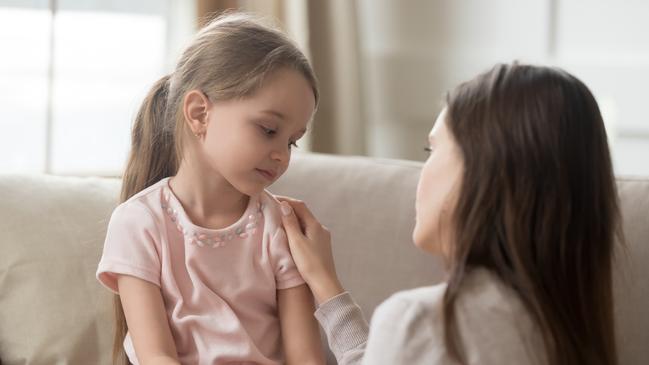Highest and lowest NDIS autism payments by suburb in Qld
People with autism in some Queensland suburbs fork out tens of thousands of dollars more for NDIS services than others. See map to compare.
QLD News
Don't miss out on the headlines from QLD News. Followed categories will be added to My News.
EXCLUSIVE: Postcode privilege could be a factor in why those with autism in some of Australia’s wealthiest city suburbs tend to spend more on NDIS services than those in poorer regional areas.
The latest NDIS data shows that in Queensland, people with autism in Wacol in Brisbane spent on average $79,100 over six months, the highest in the state.
Areas such as Diddillibah-Rosemount, where the median house price is $1.8 million, and other well off areas with high payments included Calamvale-Stretton and Buddina-Minyama.
In the bottom 10, most of the areas were outside of the city. Those living in Southern Downs-East, spent the least, just $2900.
The data does not include areas where there were less than 21 participants.
SEE THE MAP BELOW:
Our analysis found and removed conflicting payment figures for some areas, raising concerns about the agency’s data accuracy.
Autism Partnership CEO Shannon Eeles said in her experience as a provider, people that could “advocate and articulate” for themselves well, appeared to get more money than those who could not, which might also explain why some of Australia’s wealthiest suburbs, where people tend to be better educated, had some of the highest payments.
“People have spoken about ‘postcode privilege’ for a number of years,” Ms Eeles said. “It does feel as though people that are able to advocate or articulate their position more strongly do end up with better plans.”

She said there was also a difference between plans and payments. She said some NDIS clients might not spend all their funds if they are unable to access services, which was more likely in regional and rural areas.
Ms Eeles said her organisation was seeing parents having to fight harder than ever on behalf of their children.
She said 17 out of 78 children have had to pull out of Autism Partnership’s Little Learners program in the last month after their requests for increased funding were rejected. They will now appeal, but could be waiting up to 21 months for a decision.
It is feared another nine kids could be affected next month.
Ms Eeles said in the past the NDIA gave children interim funding during the review and appeal process, this meant they could continue getting the help they needed.
She said the fact that 100 per cent of families who had gone to appeal in the last two years had won, proves the plan reviews are failing.
SEARCH EACH STATE AND TERRITORY TO COMPARE PAYMENTS:
“These are the children who can’t communicate with their parents, who aren’t yet toilet trained in preparation for school, who often show behaviours like self-injury or aggression because the world doesn’t understand them,” Ms Eeles said.
“They have complex needs and have already taken part in lower intensity supports – like speech pathology – without making significant progress. For these children, intensive early intervention of 20 hours or more per week is critical – and it is those services which they are being refused.”

The therapy is not cheap, but is in line with NDIS pricing. Four days of one-to-one therapy costs up to $150,000 a year.
Some children have done so well they are now attending mainstream schools.
Alexandra Ahlgren from ABA For Change runs similar sessions to Autism Partnership in Adelaide and said she was seeing exactly the same thing in her business with some families “almost giving up”.
SEE HOW OTHER PARTS OF AUSTRALIA COMPARE:
NDIS Minister Bill Shorten has warned the $42 billion disability scheme is unsustainable and has vowed to cut back on fraudsters and shonky providers, as well as supports that don’t pass the pub test, like cuddle therapy and sex workers.
He also wants the states and territories to take more financial responsibility for some services.
The number of people with autism joining the scheme has jumped 12 per cent in the last year. Figures show more than a third of NDIS participants – 232,646 out of a total of 649,623 – have autism. Out of 177,596 children with autism, 15,861 are under the age of six.
A spokesman for the NDIA said any family member or carer who believes their child requires more support can seek a review of any planning decision, including an external review through the Administrative Appeals Tribunal (AAT).
He said the agency has not changed its policy in terms of the level of funding that is provided for within a participant’s plan and they are based on the ‘reasonable and necessary’ supports a participant requires. He said there is no algorithm or automation used during the planning process.
More Coverage
Originally published as Highest and lowest NDIS autism payments by suburb in Qld




